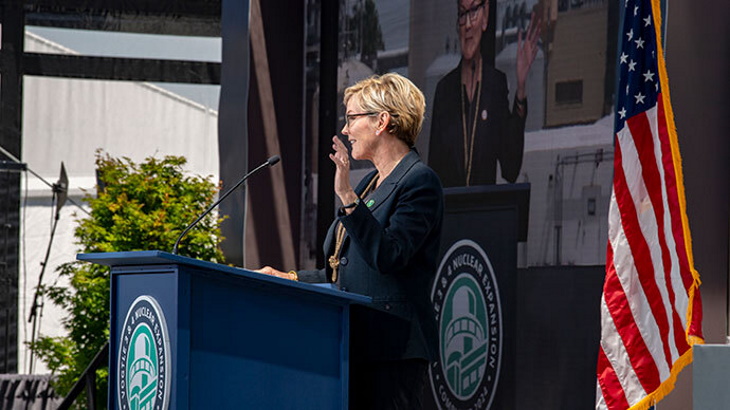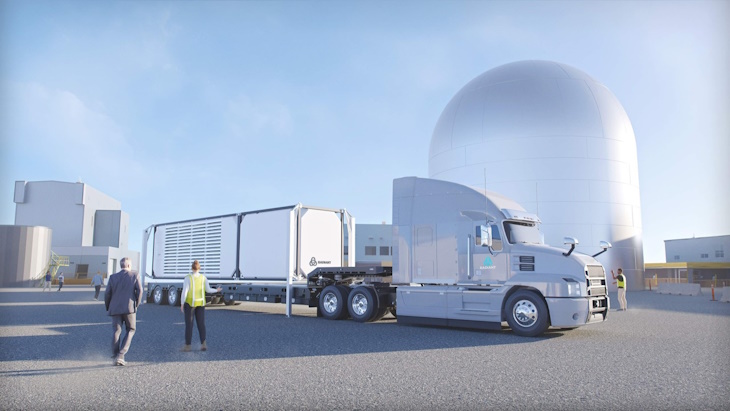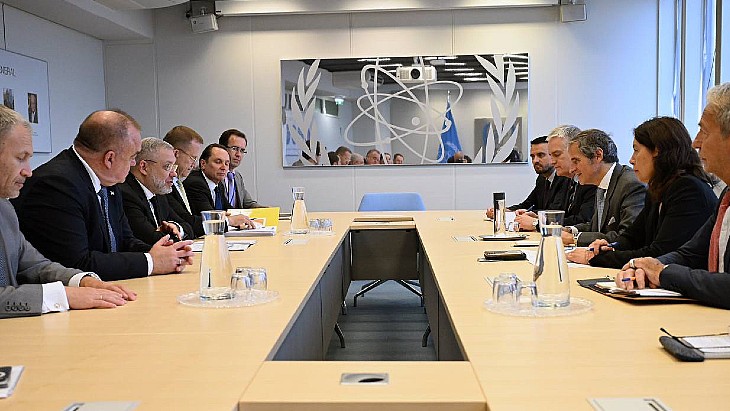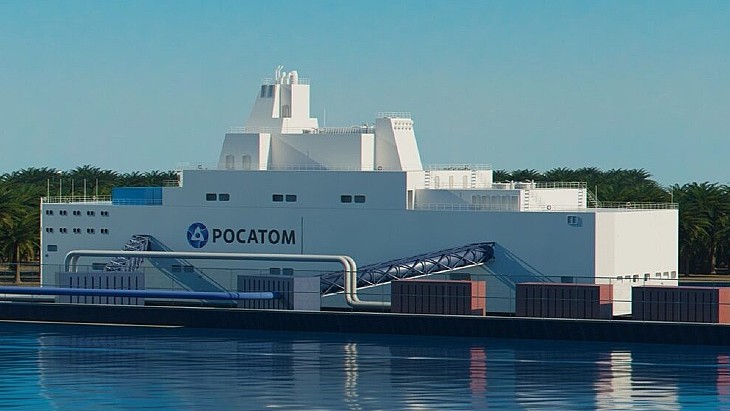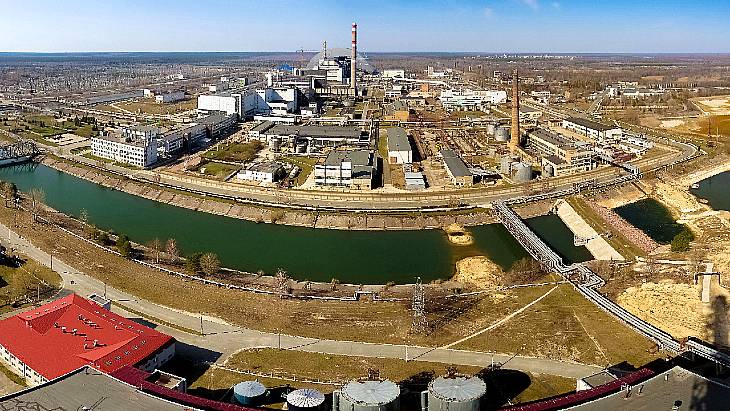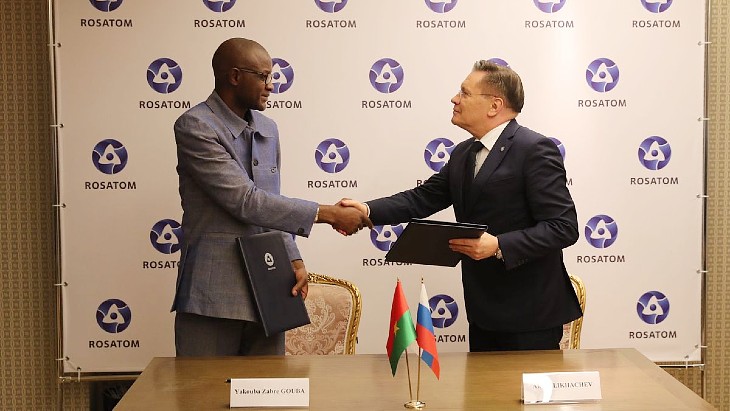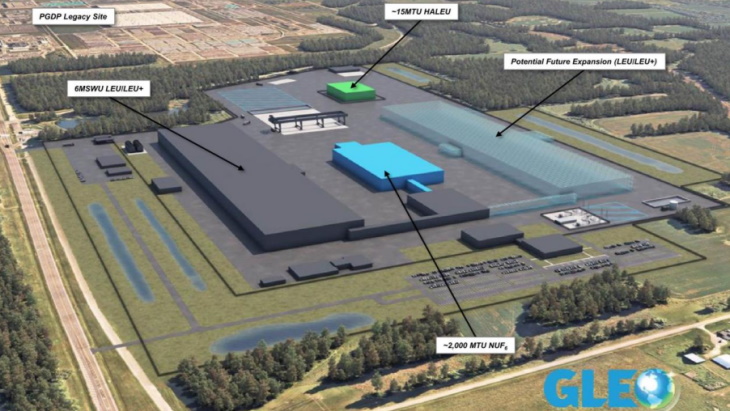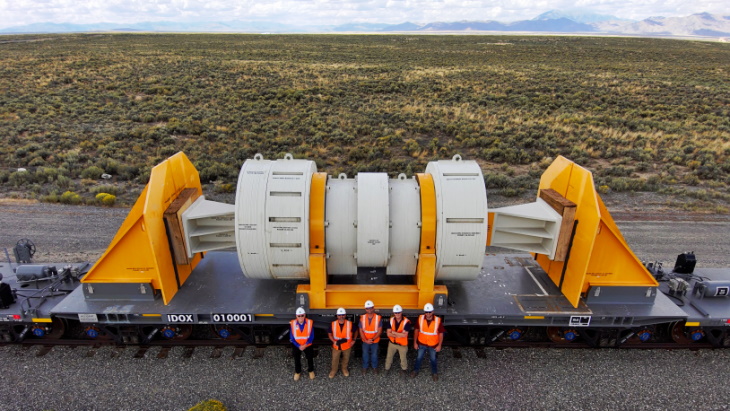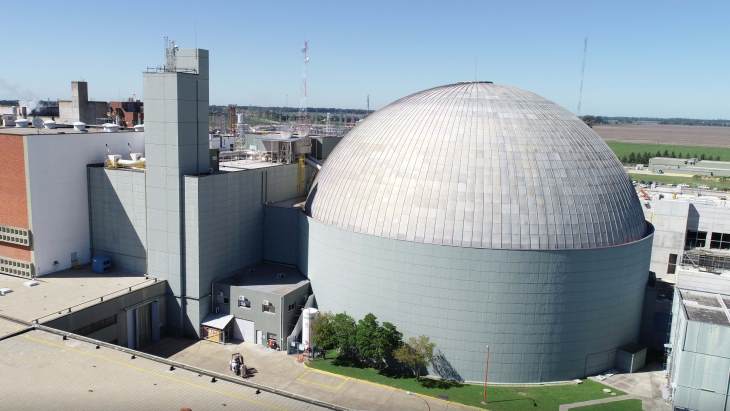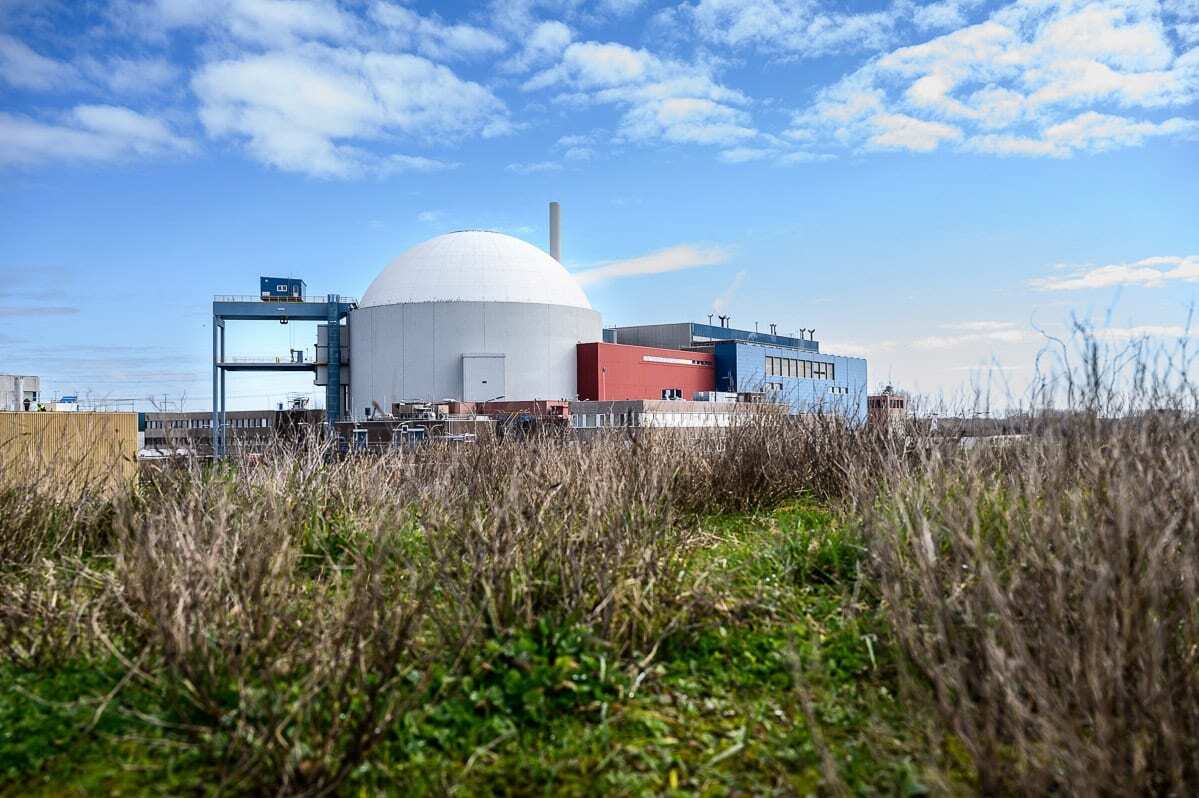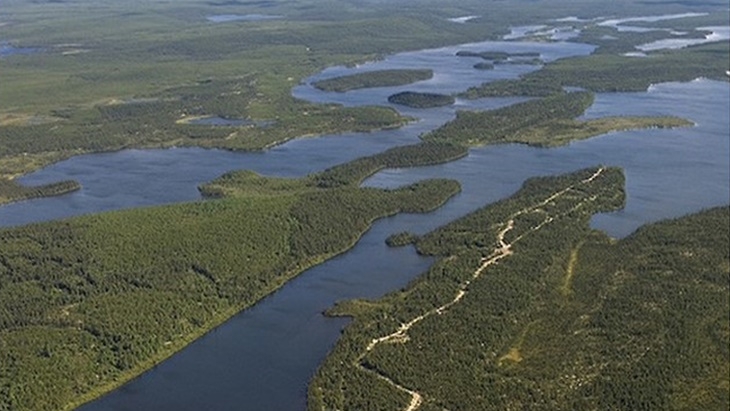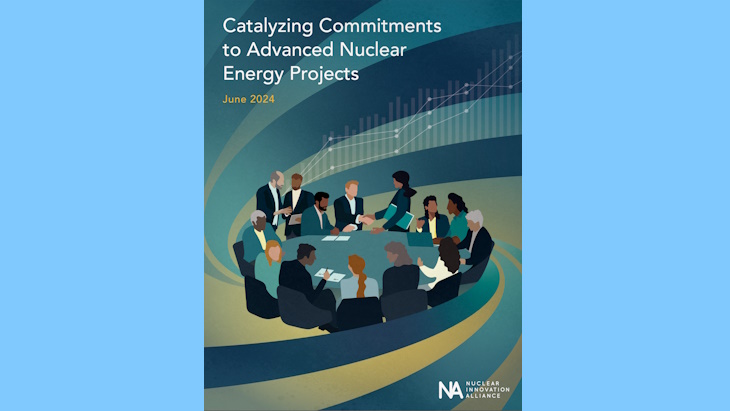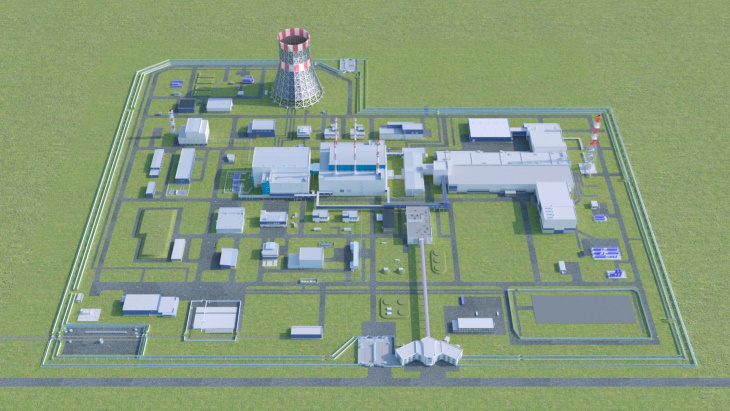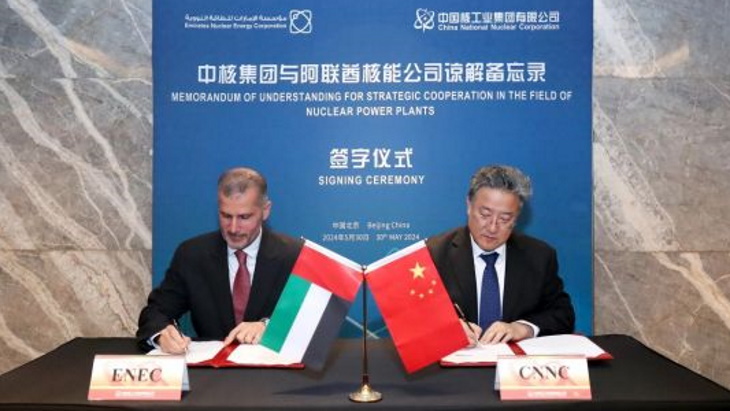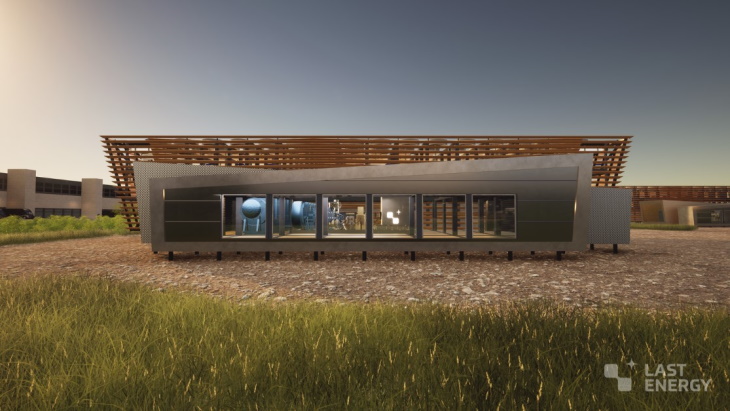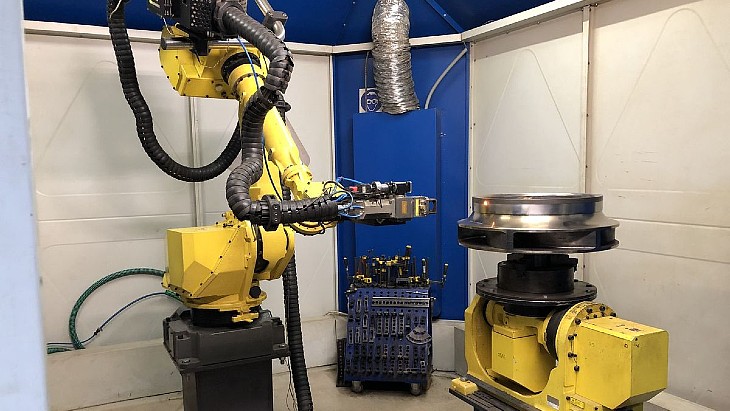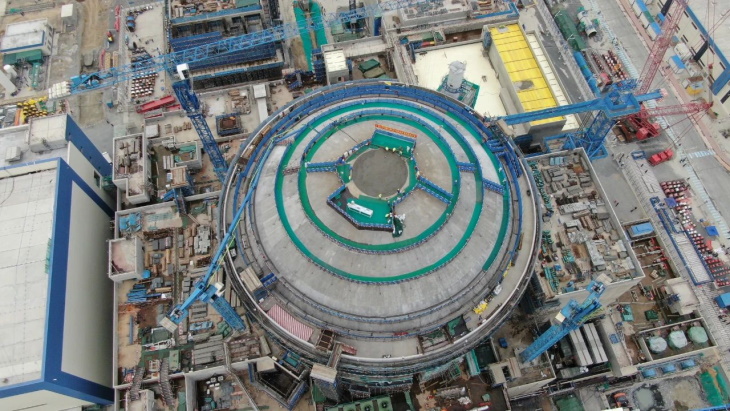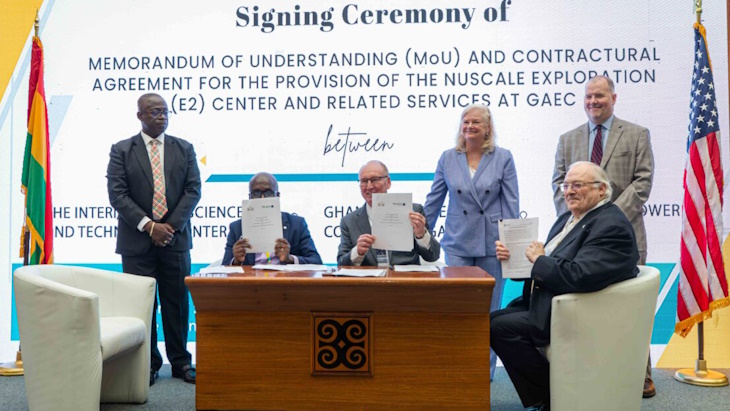Source: https://www.world-nuclear-news.org/Articles/Granholm-calls-for-tripling-of-US-nuclear-fleet
It is time for the USA to cash in on the experience of nuclear new-build at Vogtle, US Secretary of Energy Jennifer Granholm said at an event held to mark the completion of the two units in Georgia. Restarting recently retired nuclear plants could also play a part in meeting the need for new capacity.
The two AP1000 units built as units 3 and 4 at the Vogtle site near Waynesboro, Georgia, entered commercial operation in July 2023 and April 2024, respectively. Granholm acknowledged the commitment, vision, cooperation and collaboration that went into the project to construct the first US nuclear units in a generation to be built "from scratch".
"This project is a prime example of how first-of-a-kind challenges can become 'nth-of-a-kind' successes, thanks to the work of those who came before and public-private partnerships," she said. First-mover projects of this size are too big and too financially risky for the private sector to do by itself, but are too important for the nation to fail to act, she said.
"To reach our goal of net-zero by 2050, we have to at least triple our current nuclear capacity in this country. That means we’ve got to add 200 more gigawatts by 2050," she said.
"And so it’s time to cash in on our investments by building more these facilities," she added,
In a later interview with Reuters, Granholm said building new reactors at nuclear power plant sites could be a cost-effective way of expanding US nuclear capacity - and also said some recently retired plants could restart. "I do think they can come back," she said, adding that she would be "surprised" if the Department of Energy's Loan Programs Office (LPO) - which recently conditionally committed up to USD1.52 billion for a loan guarantee to Holtec Palisades for its project to bring the Palisades plant back online - was not talking to operators of other shuttered plants about reopening as well. She said she was not involved in LPO's talks. The LPO does not reveal the status of loan applications.
About 30 US nuclear power plant sites have already been licensed or permitted for the construction of more reactors, she said, which would be a cost-effective way of expanding nuclear generation: "So you don't have to go through the whole rigamarole again, you can just use the existing footprint to be able to increase generation capacity."
She also told Reuters that, with the rise in energy demand driven by technologies such as artificial intelligence requiring power-hungry data centres, the US Administration is asking big technology companies to invest in clean energy generation, suggesting that such companies could work together to make use of small modular reactors. Placing orders simultaneously could reduce costs.
"We've been talking with data companies. The large ones have commitments to net-zero and would like to see clean baseload power," Granholm said. "If the tech companies are coming in and are going to pull clean power from the grid, they should bring the power with them," she said.
Georgia Power announced the start of commercial operations at Vogtle 4 in April, joining Vogtle 3 which entered commercial operation in July 2023. Operated by Southern Nuclear on behalf of co-owners Georgia Power, Oglethorpe Power, MEAG Power and Dalton Utilities, the plant is now the largest generator of clean energy in the USA. Georgia Power is a subsidiary of Southern Company.
"Today is a momentous occasion as we celebrate this accomplishment," Southern Company President and CEO Chris Womack said during the celebration to mark the opening of the units. "We have proven in the United States that we can do hard things. We can build big things. We can build new nuclear in the United States."
